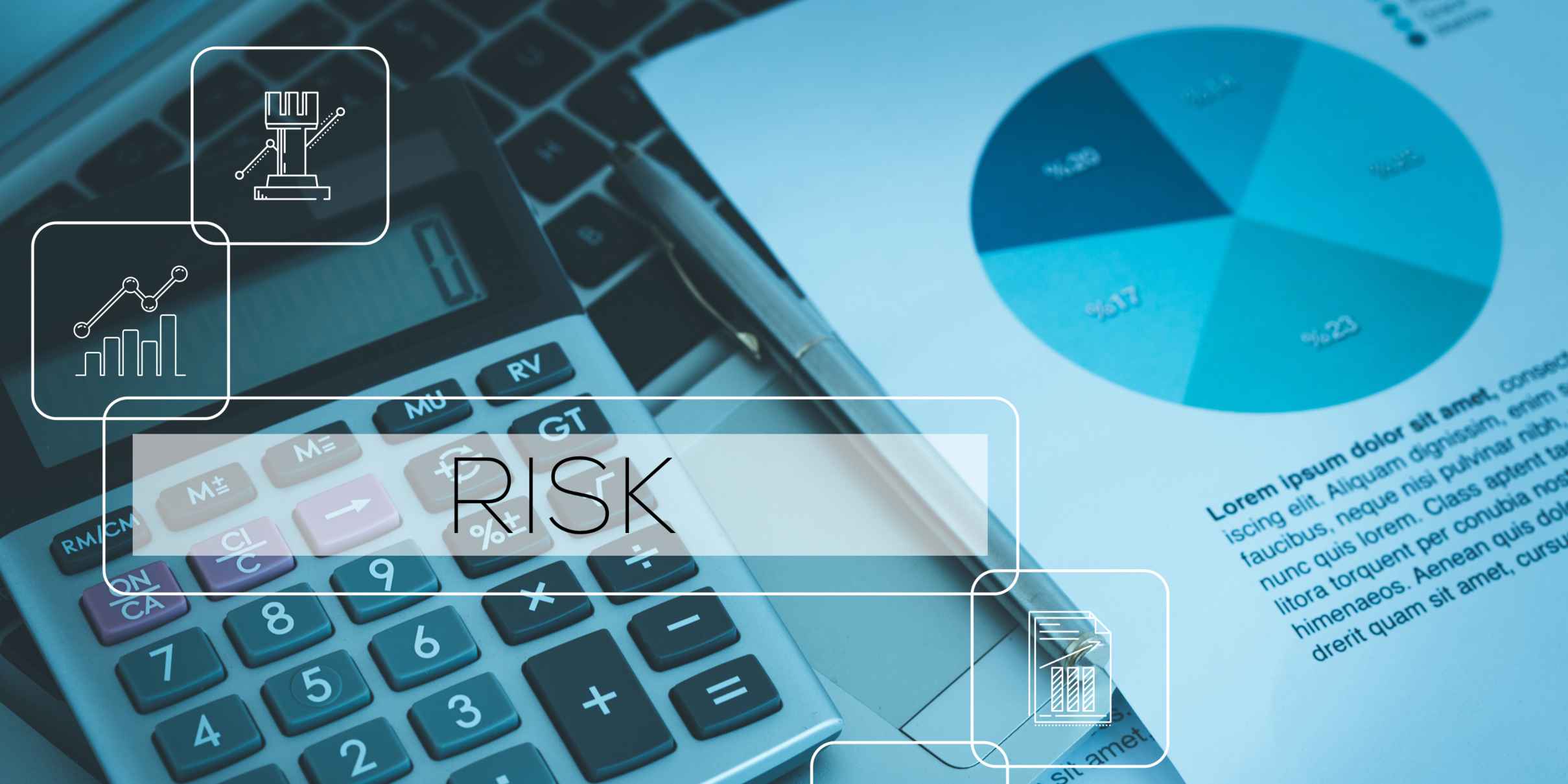The General Data Protection Regulation (GDPR) establishes comprehensive requirements for organizations processing personal data of EU residents. The main requirements include implementing data protection principles, respecting individual rights, appointing Data Protection Officers when necessary, conducting impact assessments, maintaining records of processing activities, securing personal data, and reporting breaches. Organizations must demonstrate accountability by documenting compliance efforts and ensuring appropriate technical and organizational measures are in place to protect personal data throughout its lifecycle.
Understanding GDPR: An overview of key requirements
GDPR represents the most significant overhaul of data protection legislation in recent history, establishing a unified approach to privacy across the European Union. At its core, GDPR requires organizations to implement a privacy by design approach that embeds data protection into processing activities from the outset.
The regulation applies to any organization processing personal data of EU residents, regardless of where the organization is based. This extraterritorial scope means global companies must align their data practices with GDPR standards or face substantial penalties—up to €20 million or 4% of global annual revenue, whichever is higher.
Beyond compliance, understanding GDPR requirements enables organizations to build trust with customers and partners. The regulation provides a framework for responsible data handling that, when properly implemented, can become a competitive advantage rather than just a legal obligation.
What are the 7 core principles of GDPR?
The GDPR is built upon seven fundamental principles that guide how personal data should be handled. These principles form the essential foundation for compliant data processing and must be incorporated into all data handling activities.
1. Lawfulness, fairness, and transparency: Organizations must process data legally, fairly, and with clear communication to individuals about how their data is used.
2. Purpose limitation: Data should only be collected for specified, explicit, and legitimate purposes, not processed in ways incompatible with those purposes.
3. Data minimization: Only process data that is adequate, relevant, and limited to what is necessary for the intended purpose.
4. Accuracy: Personal data must be kept accurate and up to date, with reasonable steps taken to correct or erase inaccurate information.
5. Storage limitation: Data should be kept in identifiable form only as long as necessary for the specified purposes.
6. Integrity and confidentiality: Appropriate security measures must protect against unauthorized processing, accidental loss, destruction, or damage.
7. Accountability: Organizations must take responsibility for how they process personal data and demonstrate compliance with all principles.
These principles should not be viewed as isolated requirements but as interconnected elements that collectively ensure comprehensive data protection.
What rights do individuals have under GDPR?
GDPR empowers individuals with specific rights over their personal data, placing them in control of how their information is collected and used. Organizations must implement systematic procedures to fulfill these rights efficiently and within required timeframes.
Individuals have the right to:
• Access their personal data and receive information about how it's processed
• Rectify inaccurate or incomplete personal data
• Erasure (the "right to be forgotten") in certain circumstances
• Restrict processing when certain conditions apply
• Data portability, allowing them to receive their data in a structured, commonly used format
• Object to processing, particularly for direct marketing or processing based on legitimate interests
• Not be subject to automated decision-making, including profiling, that produces legal or similarly significant effects
Organizations must respond to rights requests without undue delay and generally within one month. This timeframe can be extended by two additional months for complex requests, provided the individual is informed about the extension within the initial month.
Proper documentation of these requests and responses is essential for demonstrating compliance during audits or investigations.
How should organizations handle data breaches under GDPR?
GDPR establishes strict requirements for breach management, requiring organizations to implement a structured response protocol for detecting, investigating, and reporting incidents. This ensures timely action and helps minimize potential harm to affected individuals.
When a personal data breach occurs, organizations must:
• Identify and contain the breach immediately
• Notify the relevant supervisory authority within 72 hours of becoming aware of it, unless the breach is unlikely to result in risks to individuals' rights and freedoms
• Include in the notification: the nature of the breach, categories and approximate number of individuals affected, potential consequences, measures taken or proposed, and contact information for the Data Protection Officer
• Communicate high-risk breaches directly to affected individuals without undue delay, clearly explaining the likely consequences and measures being taken
• Document all breaches, including facts, effects, and remedial actions taken
Effective breach management requires organizations to maintain incident response plans, conduct regular training, and implement appropriate technical safeguards to detect breaches promptly. Automated alerting systems can help ensure breach notification deadlines are met, reducing the risk of non-compliance penalties.
What documentation is required for GDPR compliance?
GDPR emphasizes the principle of accountability, which requires organizations to maintain comprehensive documentation of their data protection activities. This evidence-based approach demonstrates compliance and helps organizations respond effectively to regulatory inquiries.
Essential documentation includes:
• Records of processing activities (Article 30): Detailed inventory of data processing operations, including purposes, categories of data and data subjects, recipients, transfers, retention periods, and security measures
• Privacy notices: Clear, concise, and transparent information provided to individuals about how their data is processed
• Data Protection Impact Assessments (DPIAs): Assessments conducted for high-risk processing activities to identify and mitigate privacy risks
• Legitimate interest assessments: Documentation justifying processing based on legitimate interests
• Consent records: Evidence of valid consent, including when and how it was obtained
• Data breach records: Documentation of all breaches, regardless of whether they required notification
• Data processor agreements: Contracts with third parties processing data on your behalf
• Internal policies and procedures: Documents outlining how the organization ensures compliance
Maintaining this documentation in a centralized system streamlines compliance management and simplifies the process of demonstrating accountability to supervisory authorities.
What are the roles of DPOs and data controllers under GDPR?
GDPR clearly defines key roles and responsibilities to ensure proper data governance and accountability. Understanding these roles is fundamental to establishing appropriate oversight and compliance structures within an organization.
Data Protection Officers (DPOs) are mandatory for:
• Public authorities (except courts)
• Organizations whose core activities require regular and systematic monitoring of individuals on a large scale
• Organizations processing special categories of data or data relating to criminal convictions on a large scale
DPOs must have expert knowledge of data protection law and practices, report directly to the highest level of management, and operate independently without receiving instructions on how to perform their tasks.
Data controllers determine the purposes and means of processing personal data. Their responsibilities include:
• Implementing appropriate technical and organizational measures to ensure compliance
• Conducting DPIAs for high-risk processing
• Selecting processors that provide sufficient guarantees of GDPR compliance
• Maintaining records of processing activities
Data processors handle personal data on behalf of controllers and must:
• Process data only as instructed by the controller
• Ensure confidentiality and security of personal data
• Assist the controller in fulfilling obligations related to data subject rights and breach notification
• Return or delete data upon termination of services
These roles create a framework of accountability that ensures clear responsibility for data protection throughout the processing lifecycle.
How can organizations demonstrate ongoing GDPR compliance?
Demonstrating continuous compliance with GDPR requires organizations to implement a proactive governance approach that integrates data protection into everyday operations. This ensures privacy considerations become part of organizational culture rather than merely a checkbox exercise.
Effective compliance demonstration includes:
• Regular data protection audits: Systematic reviews of processing activities, policies, and procedures to identify and address compliance gaps
• Ongoing staff training: Ensuring employees understand their data protection responsibilities and stay updated on best practices
• Data protection by design: Integrating privacy considerations into new products, services, and processes from inception
• Periodic DPIAs: Conducting assessments for new or changed processing activities that may present high risks
• Policy reviews and updates: Regularly revisiting privacy notices, consent mechanisms, and internal policies to ensure they remain accurate and compliant
• Breach response testing: Conducting simulations to evaluate and improve incident response capabilities
• Compliance monitoring tools: Implementing systems that track key metrics and alert to potential compliance issues
• Documentation maintenance: Keeping records up-to-date and readily accessible
Organizations increasingly leverage automated compliance tools to streamline these activities, providing real-time visibility into compliance status and reducing manual effort. These tools can track deadlines, manage documentation, and generate compliance reports efficiently.
Key takeaways for effective GDPR compliance management
Successful GDPR compliance hinges on a structured, risk-based approach that balances legal requirements with practical implementation. Organizations should view compliance not as a one-time project but as an ongoing process requiring continuous attention and refinement.
Important considerations include:
• Adopting a privacy-first mindset that treats data protection as a foundational business principle rather than merely a legal obligation
• Establishing clear accountability structures with defined roles and responsibilities for data protection
• Implementing proportionate measures based on the nature, scope, and risks of your processing activities
• Maintaining comprehensive documentation that demonstrates compliance efforts and decision-making rationales
• Conducting regular reviews to address evolving risks, regulatory guidance, and organizational changes
• Building privacy awareness throughout the organization through ongoing communication and training
• Leveraging technology to automate compliance processes where appropriate
By integrating these elements into a cohesive compliance program, organizations can efficiently meet GDPR requirements while building trust with customers and reducing regulatory risks. At Cerrix, we understand the challenges of managing complex compliance requirements and offer compliance solutions that transform spreadsheet-based workflows into streamlined, automated processes that provide real-time compliance insights. For personalized guidance on your GDPR compliance journey, request a demo today.
Spreadsheets vs. GRC Tools: Elevating Risk & Compliance Management
Accessible popup
Welcome to Finsweet's accessible modal component for Webflow Libraries. This modal uses custom code to open and close. It is accessible through custom attributes and custom JavaScript added in the embed block of the component. If you're interested in how this is built, check out the Attributes documentation page for this modal component.


.jpg)
%20(1).jpg)
.jpg)
.jpg)
.jpg)
.jpg)
%20(1).jpg)
.jpg)
%20(1).jpg)
.jpg)
.jpg)

.jpg)
.jpg)





.jpg)

%20(2).jpg)
















%20(1)%20(2).jpg)





.jpg)

.png)
.jpg)






%20(1).avif)



